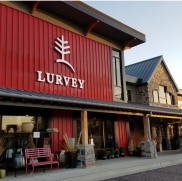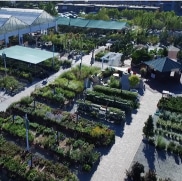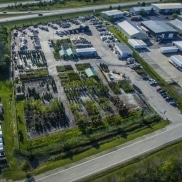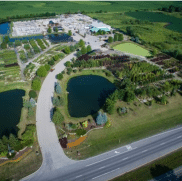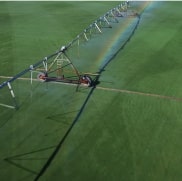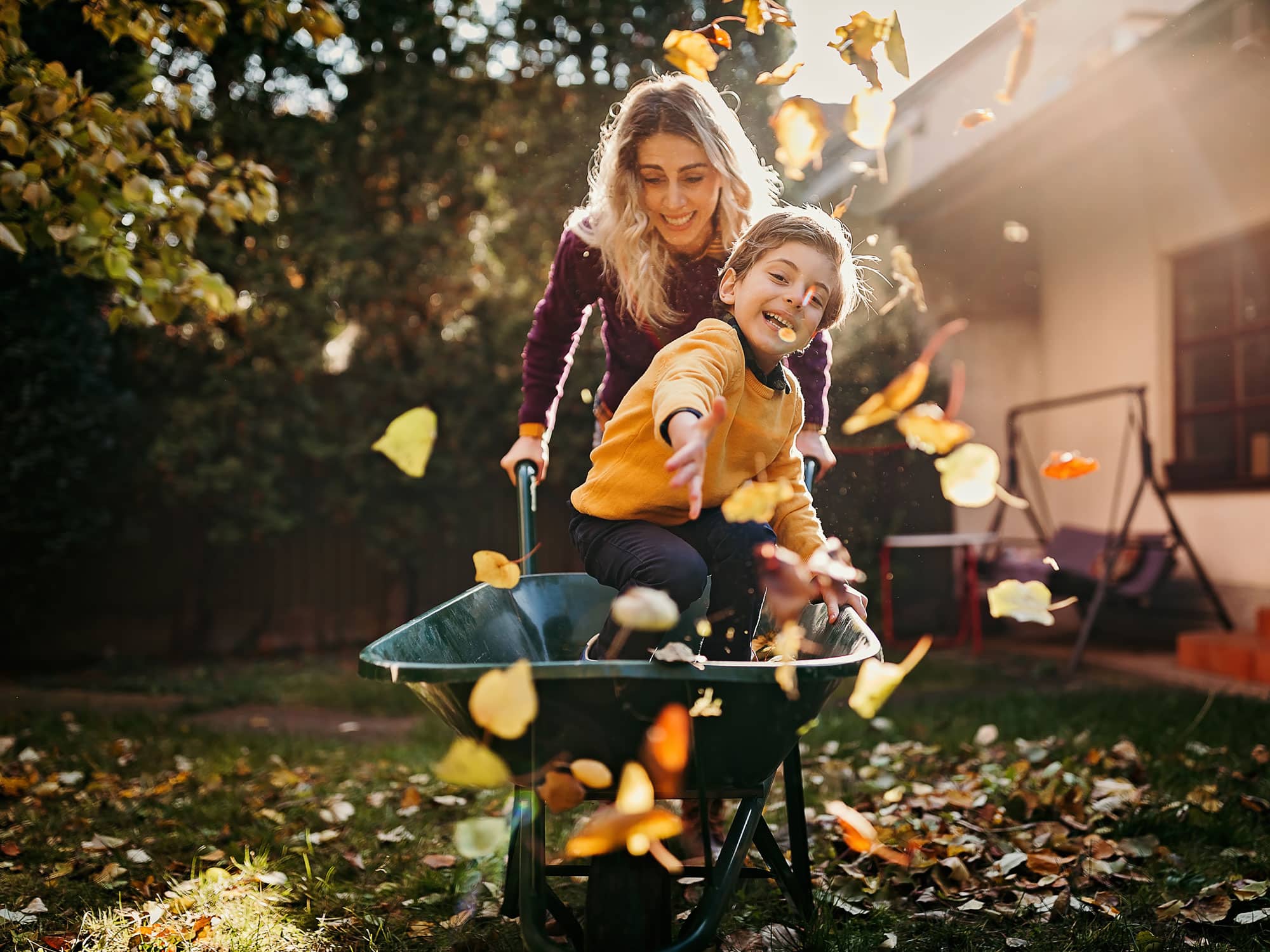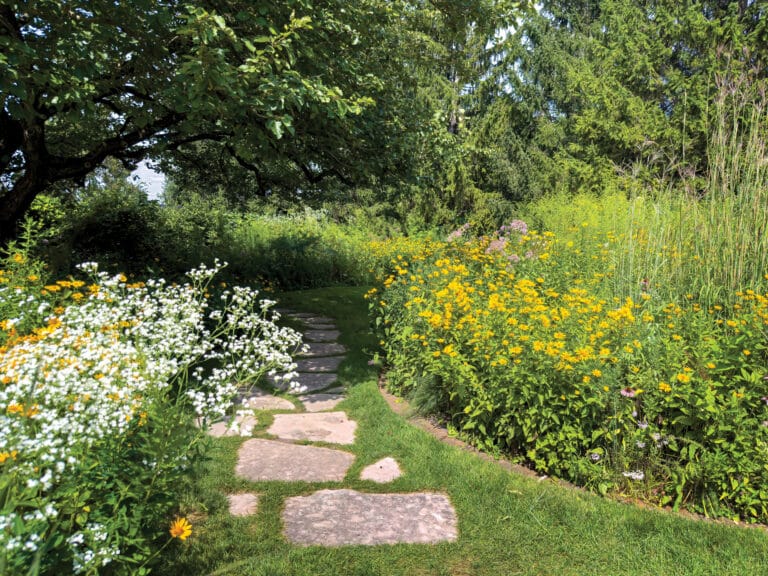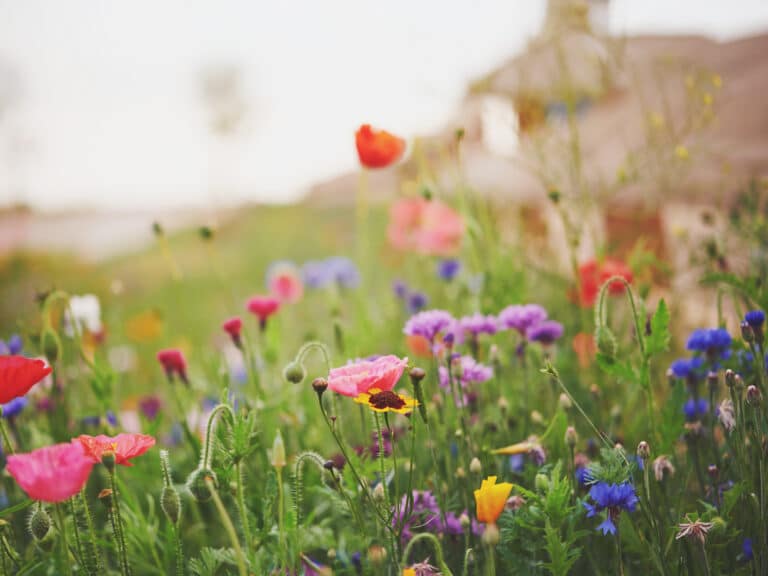Fall is always a welcome relief after a long, hot summer, with its crisp, cooler air, vibrant foliage, and our favorite warm drink. Seasoned gardeners know springtime isn’t the only time to garden and that fall planting is a great idea. The fall is rich with opportunities for cultivating various plants, creating a beautiful landscape that can be enjoyed now and into the following year. At Lurvey Home & Garden, we pride ourselves on our garden center and knowledgeable staff, and we’re thrilled to guide you in curating a picturesque autumn garden.
Why Fall is the Perfect Planting Season
Cooler temperatures, decreased chances of disease, and better root development are reasons why planting in fall is optimal. In addition, what you plant now will lay the foundation for a gorgeous garden next year.
- After a hot summer, cooler temperatures help plants establish deeper roots and are more resistant to the coming cold weather.
- Stronger roots can help plants be more resilient to pests like aphids, certain beetles, cabbage worms, snails, and others.
- Increased root development allows plants to grow deeper roots. This helps them absorb more water and nutrients essential for healthy growth.
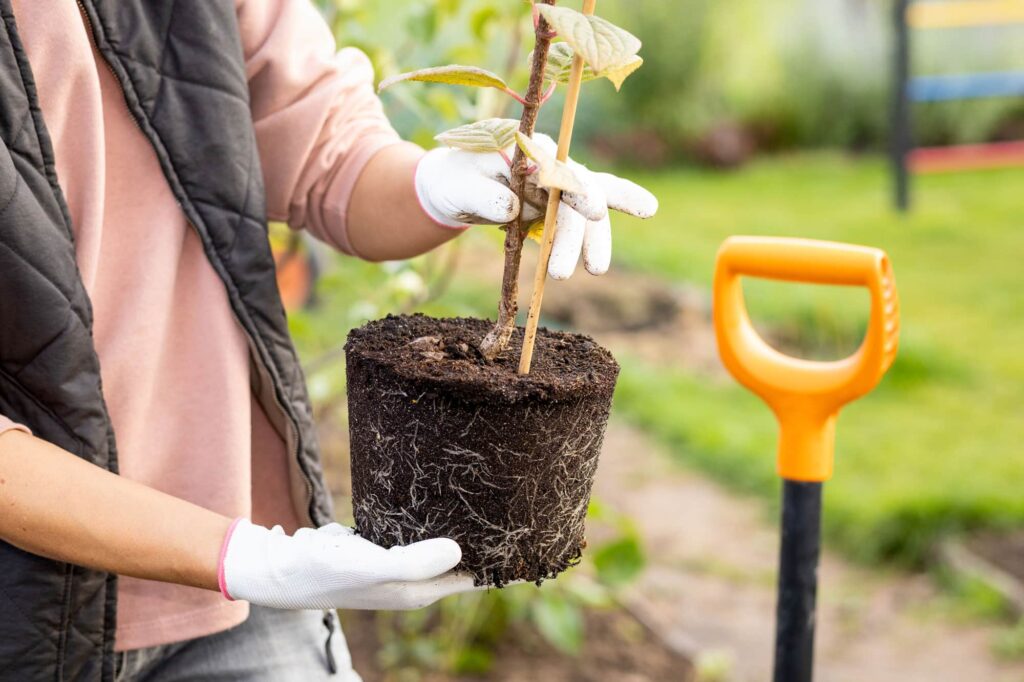
Fall Planting for Sustainable Gardening
In addition to these benefits, fall planting is a more sustainable way to garden. Cooler temperatures require less water, which can help to conserve resources. In some areas of the country, autumn brings rainfall, which means less watering from the hose.
Fall planting also helps to promote biodiversity by providing food and shelter for wildlife. A biodiverse garden is home to various plants, insects, birds, and animals and is crucial for a healthy garden. A biodiverse garden will have a variety of plants, aid pollinators, and help with water purification and pest control.
When planting for fall gardens, put on the top of your list native plant options that are for your zone. Native plants help to support the local ecosystem and have adapted to the climate and its conditions. They also can attract native wildlife for food and shelter. For gardens in dry climates, native plants will be more drought-tolerant than non-native plants. Illinois has a beautiful variety of native plants, trees, and shrubs, including:
- Wild Bergamot (Monarda fistulosa)
- White Oak
- Sugar Maple
- Chokeberry shrub
There are many more suitable trees, plants, and shrubs. Come meet with our nursery team and let us help you pick the most suitable variety for your garden!
Essential Fall Gardening Preparation Tips
We suggest following our tried and true prep tips for a successful fall garden. First, prepping the soil and plant selection is vital for a good harvest.
Preparing Soil for Fall Planting
Gardening depends on several factors. One of the most important is having healthy soil. Let’s look at the steps involved.
- Prepare the soil – The soil should be loose and well-drained. Add compost or other organic matter to improve drainage and fertility.
- Test the soil pH – If the pH is too high or too low, you may need to add lime or sulfur to adjust it.
- Remove weeds – Weeds compete with plants for water and nutrients, so removing them as part of the prep stage is important.
- Mulch – Mulch helps to conserve moisture and protect the roots of your plants from the cold. Apply a 2-3-inch layer of mulch around any plants.
- Water deeply – Water your plants thoroughly to help them establish their roots.
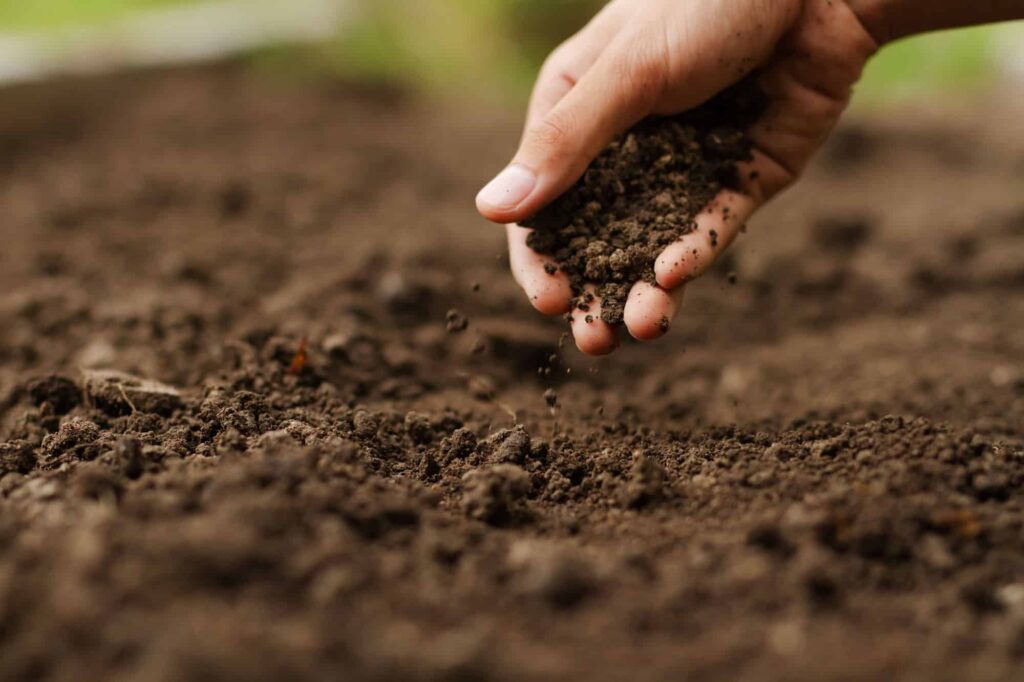
Choosing the Right Fall Plants
To have a color throughout the fall season, carefully consider bloom times. Bloom or flowering time is the period that a flower will be in bloom. Climate, species, and soil conditions can all affect flowering time. Flowers that have full sun can blossom longer. Also, be sure to pick flowers and plants that thrive in your zone and check the amount of sunlight your garden receives.
Here are some suggestions for the most popular plant options.
- Fall-blooming flowers continue to add color and beauty to your garden.
- Trees are a great way to add structure and shade. Some popular options for fall include maples, oaks, and sycamores.
- Shrubs can be used to create borders, hedges, or privacy screens. Some popular options for fall planting include hydrangeas, viburnum, and junipers.
- Perennials come back year after year, so they’re an excellent investment for your garden. Some popular options for fall planting include daylilies, rudbeckia, and sedum.
Best Plants for Fall
You can transform your garden to full autumn beauty with these fall-favorite choices. Just as in spring, the selection for fall flowers, shrubs, and trees is long and varied. Consult with our expert nursery staff for any questions about your fall garden.
Flowering Trees & Shrubs
| Name | Hardiness Zone |
|---|---|
| Vernal Witchhazel | 3-8 |
| Beautyberry | 5-10 |
| Seven Son Flower | 5-9 |
| Oakleaf Hydrangea | 5-9 |
| Sweetspire | 5-9 |
Perennials
| Name | Hardiness Zone |
|---|---|
| Chrysanthemum | 3-9 |
| Aster | 3-8 |
| Coneflower | 4-9 |
| Japanese Anemone | 4-8 |
| Goldenrod | 3-9 |
| Sedum | 3-10 |
Cold Hardy Vegetables
| Cabbage | Kale |
| Beets | Lettuce |
| Brussels Sprouts | Spinach |
| Cauliflower |
A Note on Fall Vegetable Gardens
Since growing days are limited, you’ll want to start your vegetable garden before fall if you haven’t created one in spring. Consult the Farmer’s Almanac to find the estimated first frost date. Some fall vegetables must be planted in late summer and will mature in autumn. As with flower gardens, you’ll need to prep the soil, compost, or add fertilizer and mulch. Research companion gardening.
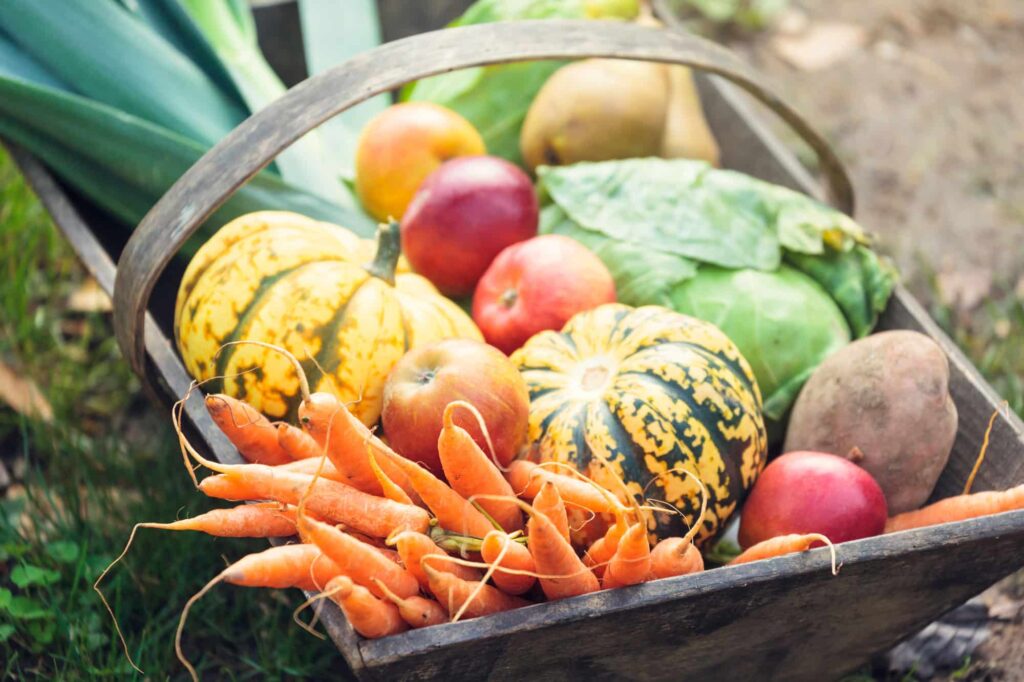
Some fall flowers, such as Nasturtiums, can repel beetles and aphids. If you already have a vegetable garden, then all you’ll need to do is prep the soil for fall or cool-season crops.
Fall Flower Landscaping Showstoppers
Chrysanthemums, asters, and goldenrods, oh my! These flowers add vibrancy and set a perfect autumnal tone with their lovely browns, golds, and deep purple hues.
Growing Fall Vegetables for a Bountiful Harvest
Lettuces, radishes, root vegetables, and spinach are great for a fresh autumn harvest. With planning and prep work, you can have a plentiful fall garden. Remember, succession planting can help to extend your harvest season even longer.
Caring for Fall Plants
After all the planting is completed, your new plants will need ongoing care. Water regularly, especially in dry climates. Be sure mulch is around the plants to keep in moisture and protect the roots from colder temperatures. Fall gardens need fertilizer, but only do so on a needed basis. Keep a look out for weeds and pull as needed. For fall gardens, always check frost warnings. For the best gardening tools, find our high-quality gardening products to keep your fall garden in shape.
Watering Strategies for Fall Plants
Fall gardens may need to change watering schedules due to a temperature dip. Be sure not to go over or underwater. Find more tips on fall and winter watering to keep your fall garden at its best.
Mulching Techniques for Insulation
Proper mulching helps conserve moisture and maintains a steady soil temperature. Think of mulching as your plant’s cozy blanket as temperatures drop. The best way to add mulch is to ensure all weeds have been removed. Next, choose the right type of mulch. A quality hardwood mulch is a good choice when needing extra nutrients. Cypress mulch is excellent at resisting insects. Consult with one of our specialists to see which mulch is suitable for your garden. Apply the mulch and water to allow the mulch to settle.
Fall Landscaping Ideas
Boost your garden’s curbside appeal with thoughtful landscaping design. Combining plants, flowers, shrubs, and outside décor can create a serene autumn space. Get creative with your fall landscaping.
- Create a winding path through your garden, adding containers of mums at each entry point.
- Install water features to attract birds and other wildlife.
- Add colorful fall shrubs to border neighboring yards.
- Decorate porches with pumpkins or fall containers.
- Add windchimes to patios or entryways.
- Create stunning floral displays with cut fall flowers.
- Enjoy your garden in the evening hours with landscape lighting.
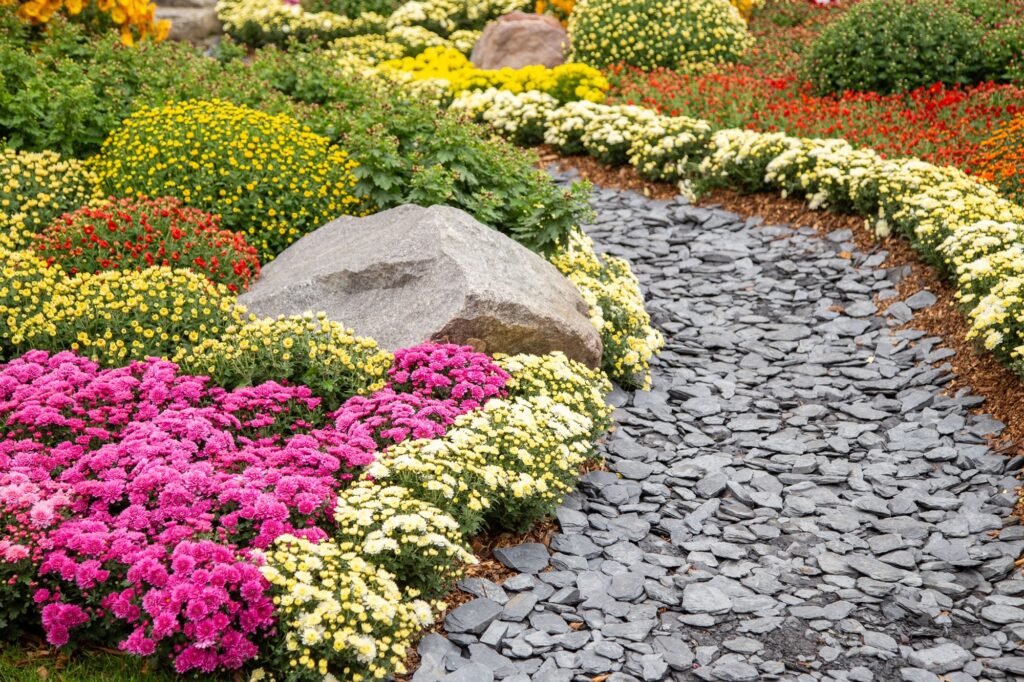
Creating a Wildlife-Friendly Fall Garden
As discussed earlier, biodiversity is vital for a thriving garden. Animals, bees, and other beneficial insects always seek nourishment and safety. Creating a fall garden with sunflowers, Echinacea, clover, and marigolds will help attract bees. For wildlife such as deer and rabbits, trees and shrubs can help shield them from weather and predators.
Enhancing Fall Landscapes with Hardscaping
Enhance your fall garden with pathways, arbors, and other decorative structures. Check out our selection of hardscaping materials for your DIY endeavors. Lurvey’s has a wide selection of hardscaping materials for DIY projects.
Extending the Fall Color
With all that hard work, you’ll want to elongate the beauty of your garden for as long as possible. To keep your fall garden looking its best, use Lurvey’s premium plant food and fertilizer. Find kid and pet-friendly options, plus traditional and organic.
Deadheading and Pruning for Continued Bloom
Another way to extend color is to deadhead blooms and prune plants. For successful pruning and deadheading, it’s always a good idea to research your particular type of flower first. Generally speaking, it’s a good idea to deadhead flower blooms as soon as they fade. Prune dead or diseased trees and shrub branches to help prevent the spread of diseases.
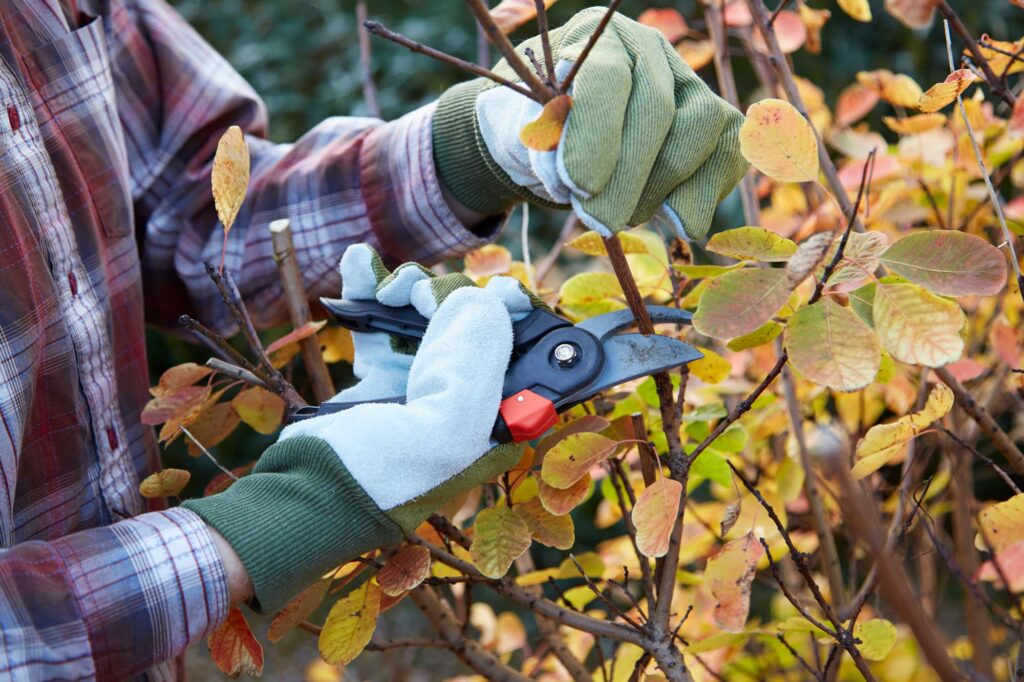
Protecting Fall Plants from Frost
As the first frost approaches, be ready to shield your plants. Use protective covers or move vulnerable potted plants indoors. You can find all the information you need about protecting your plants from frost in this video – Protecting Your Plants From the Cold.
Preparing Your Garden for Winter
As winter draws near, take appropriate action, especially in areas with snow and frigid temperatures. Taking steps to protect your garden now will ensure a bright and healthy spring garden.
Winterizing Outdoor Water Features
Protect your fountains and ponds from freezing damage.
- Drain water.
- Clean out any debris, dirt, or algae.
- If there is a removable pump, remove it and store it indoors.
- Cover up fountains or other concrete features with a tarp to protect from winter weather.
Taking Care of Outdoor Furniture
Rain, snow, and frost can damage outdoor furniture within one season if it’s not protected. Ensure all patio furniture is covered or stored correctly to keep it looking good year after year. Clean all furniture first. Brush off leaves and dirt. Cover furniture with heavy tarps or all-weather furniture protectors. Be sure to tie down and secure so snow, water, or vermin don’t get inside. For natural wicker furniture, it’s best to store it inside.
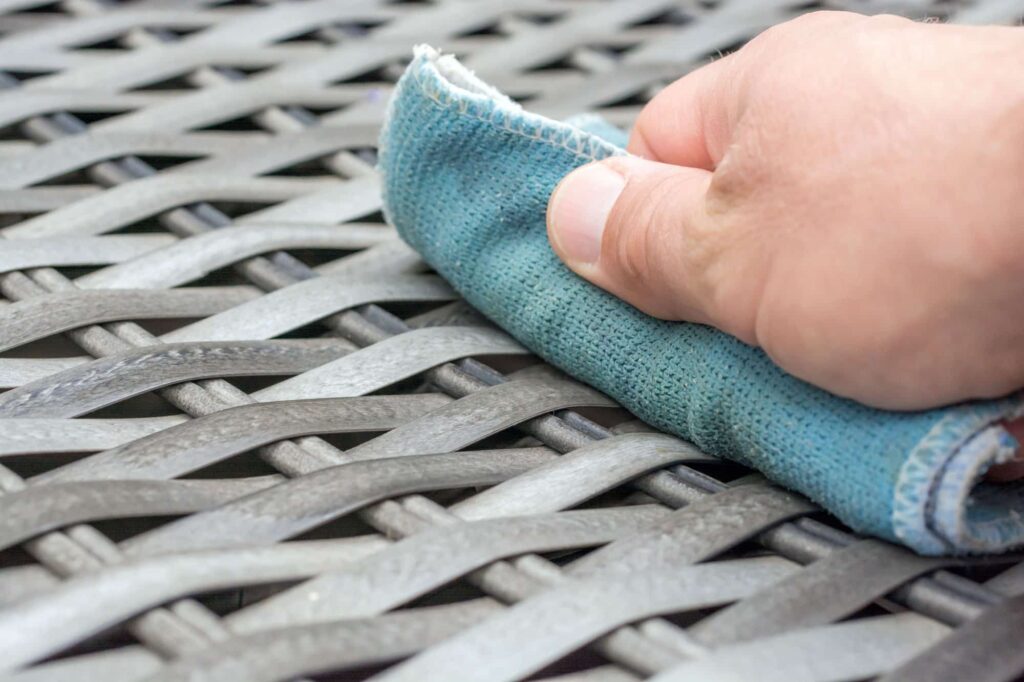
Keep the Magic of Your Garden Blooming Through Fall
While the temperatures drop and the days grow shorter, a fall garden allows us to enjoy pockets of color for a little bit longer. As fall approaches and summer ends, take advantage of Lurvey’s discounts and sales on fall plants and gardening essentials. It’s never too early to start planning next year’s garden. Contact us for any questions about your fall garden or how to prepare for next season!
